|
September 2018 • Volume 17, Number 2
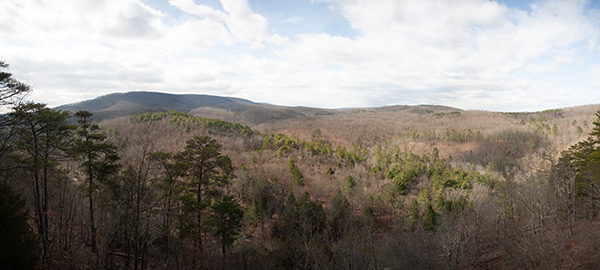
Nicole Lehming
|
Rona Kobell
Climate change is bringing early springs to the forests. Will they still be able to trap nitrogen and carbon? Ecologists at the Appalachian Laboratory, part of the University of Maryland’s Center for Environmental Science, are putting tree core samples through their scientific paces to get the answers.
more . . .
|
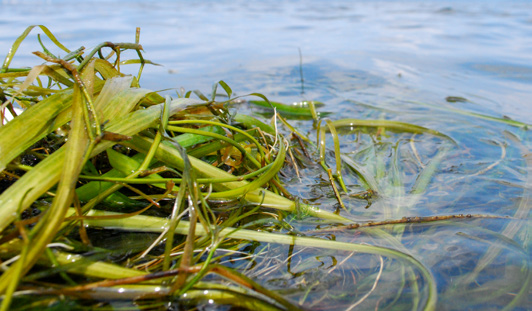
Chesapeake Bay Program
In the Chesapeake Bay’s great grass revival, one species has proved resilient enough to withstand the heat, strong enough to endure the waves, and diverse enough to help repopulate much of the watershed. Meet the one they call Val – Vallisneria americana, also known as wild celery.
more...
|
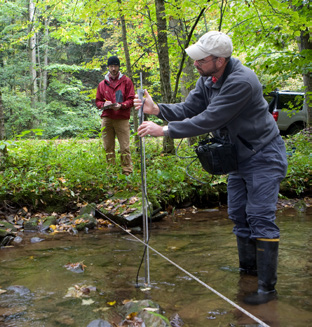
C Nemazie, UMCES
Improvements to the Clean Air Act in 1990 were supposed to safeguard human health. Who knew they’d also protect the waterways?
more...
|

Maryland DNR
Biologists warned anglers to look out for this substance better known as rock snot. Where did didymo go? Will it be back?
more...
|
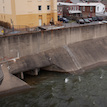
Nicole Lehming
Planners and engineers may place concrete over waterways and turn them into roads, but the water never forgets where it used to run.
more...
|
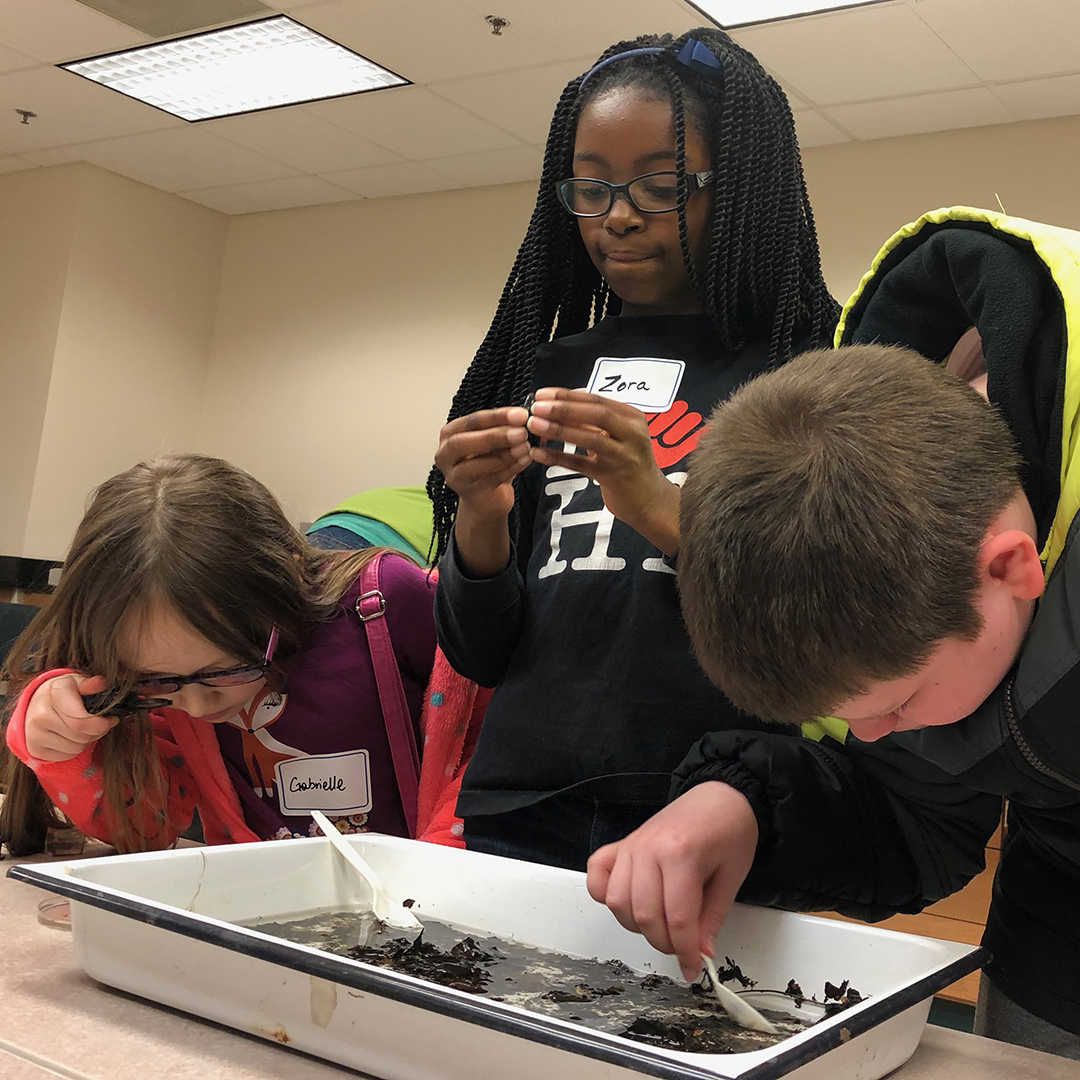
Rona Kobell
The Appalachian Laboratory reaches out to its neighbors, and shares how to find the critters indicating that their streams are healthy.
more...
|

Nicole Lehming
Kelsey Brooks is helping Baltimore City and its suburbs with their stormwater control practices.
more...
|
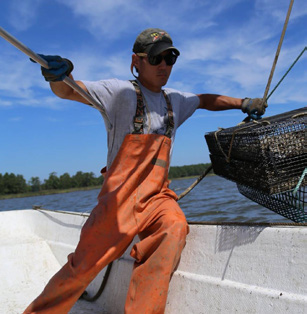
Jay Fleming
The first Kent County oyster farmer brings his enthusiasm and experience to Sea Grant.
more...
|
|